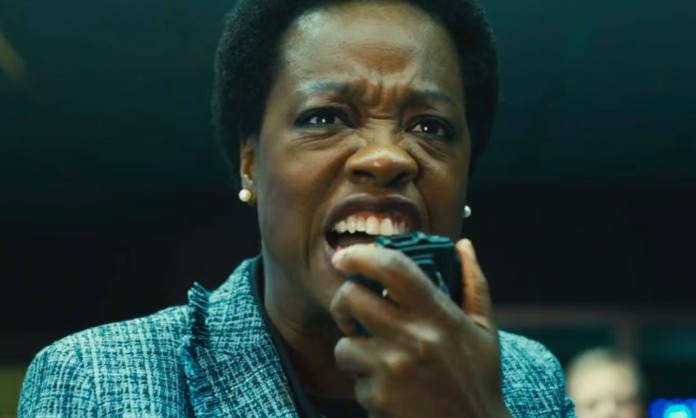In a post on BookBaby, Jasmine Gayle examines the types and tropes of the antihero. “An antihero has more obvious flaws and their characteristics may impact their choices that may not come across as wholly good or socially acceptable,” she explains. “They resemble regular people, and their character arc may not always go in an upward trajectory.”
Antiheroes are flawed and often more complex characters than traditional protagonists. They may have a tragic backstory or future. They are often cynical, morally ambiguous, and unconventional.
The antihero shouldn’t be confused with other tropes: the reluctant hero, the hero with a dark past, the hero who falls into villainy, or the villain who has a redeeming moment. The classic antihero lives by a moral code that sets him or her outside traditional societal norms. He may avoid heroism but be drawn to a cause. She may make morally questionable choices to achieve a good end.
In the Suicide Squad movies, the character Amanda Waller has made the morally correct choice to help protect the planet, but takes morally abhorrent actions – including blackmail, abrupt executions, and abandonment of her agents – to get there. In Star Wars, Han Solo is a smuggler living on the outside of the law and doesn’t wish to become involved in the rebellion, but finally accepts the call.
So, how can you write an antihero? Most of all, an antihero – despite their flaws – should make sense to your reader. Given the nature of the Empire, the audience understands why Han Solo finds it morally acceptable to engage in smuggling and why he’d want to avoid conflict with its soldiers. However, once he witnesses the heroism of his friends and understands the stakes for the galaxy, he joins the resistance.
Ask yourself:
- What beliefs do they hold, regardless of any evidence?
- Is my antihero relatable?
- Do my antihero’s flaws affect the plot (Hint: they should!)









